With three ranges divided between the BA, BB and BC models, the Jungheinrich EFG B series is complete. This range of basic forklifts is intended for light to regular use. Last year, we tested the BB 216k three-wheeler. This time, the entry-level model the BA 113 and the more powerful four-wheelers BC 325k and BC 330 are in the test spotlights. Do we see the same performance and character traits as with the BB?
The answer to the above question is a resounding yes! The entire B-series breathes the same design and delivers the same level of performance. From the super-compact three-wheeler the EFG BA 113 with its 1.3 tonne lifting capacity to the EFG BC 330, a tough and stable-looking 3 tonne four-wheeler with twin front wheels. The series was designed in response to market demand for an economically priced forklift truck. Great for all kinds of tasks, but not as intensive as the premium EFG models Jungheinrich produces in Europe. The B-series comes from the Chinese Jungheinrich factory in Qingpu and are produced according to Jungheinrich’s guidelines and quality requirements. Naturally, they come with the quality guarantees and proven service and spare parts supply of the Jungheinrich organisation.
All Jungheinrich B-series trucks have the same cabin layout, controls and construction. The plastic and steel used is solid and the technical design is robust, but somewhat dated. We saw the steering column and mast levers on previous Jungheinrich series and so these have a proven track record. The steering column is adjustable, but because of the purely hydraulic-mechanical steering system, it is also heftier than that of steer-by-wire variant premium models. The same goes for the mast control levers: these are conventional in design and work directly on the valves. It’s all a bit less sophisticated than todays Solo and MultiPILOT, but the controls are predictable and very precise. Even with thick gloves, all mast functions are fine to control.
For all models except the EFG BC 330, the step-up/off is quite high. They are around 540 mm and an extra step is missing. We do find this on the BC 330. Not because the footplate is higher, but because the chassis sticks out a bit wider and the front axle is fitted with twin wheels. The extra step at 380 mm makes it easier to get in and out of the cab.
Once on the seat, ranging from the unbranded entry level model or the optional Grammer MSG, we notice the same awkwardness in all trucks in the form of the battery cover closure. This is felt in the calf of the right leg while driving. A position a bit to the left would already be a reasonable solution, a closure that stays completely within the lid rim is of course even more pleasant.
The size of the steering column is noticeable, especially when driving backwards if you want to sit down a bit twisted to the right. With the left leg we then come up against the adjustment lever of the column.
For all models, there is no handle on the B-pillar. This is optional, but as far as we are concerned it should just be a standard safety item on every truck, regardless of type, brand and version. To comply with our wish, Jungheinrich fitted a handle to the BC 330 just before the test.
We encountered the unbranded standard seat on the BA 113 earlier on the BB 216k. It offers adequate support and is adjustable. The weight adjustment via the turning knob is not convenient, so is unlikely to be used much once a reasonable basic setting is found. The weight adjustment on the Grammer seat that we find on the BC 325k and 330 is much more convenient and actually useful. In doing so, we do find the plastic upholstery on the Chinese chair to be slightly more pleasant as it is less slippery and offers a bit more grip while sitting.
The space on the footplate is sufficient for all truck models, with it being slightly less generous on the super-compact BA 113 than on the 3-tonne truck, of course. However, the pedals could be the same height as far as we are concerned. When braking, you could get caught behind the brake pedal rubber.
Furthermore, on every truck we see plenty of storage space to the right of the seat. This is practically divided into handy compartments.
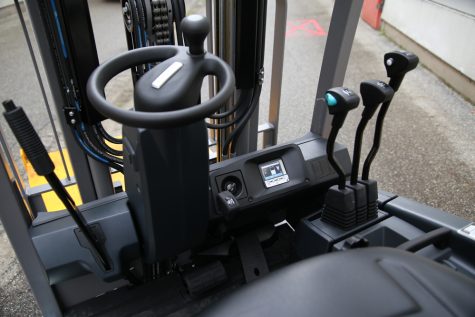
Visibility around and through the masts on our test trio is fine. The least visibility is with the triple mast with load rack, free lift and side shift that is on the BC 330. We measured a blind spot of 63 cm, which is just a little more than on comparable masts. The mast design of all B-Series masts comes from the previous EFG series and a proven concept.
The lifting performance of the entire B-Series fits the picture we saw earlier when testing the BB 216k. Thus, they are in line with the average in this class, with the BA 113 lifting slightly slower than the BB 216k. The BA is really intended as an entry-level model and comparable to the performance of 24V models of yesteryear.
Among the BC series four-wheelers, the BC 325k scores close to the market average. The BC330 is slightly below that but comes in at the same level as a previously tested ‘basic’ forklift. In doing so, both four-wheelers feel pleasantly solid and stable.
When it comes to driving performance, all B-series trucks measure fine values when driving forward. When driving backwards, Jungheinrich limits the travel speed on all B-series trucks more than the market average.
The speed limitation when reversing results in slightly lower productivity compared to the market average that is in general based on premium trucks. This is not disturbing, given the purpose of this basic forklift series. Should higher productivity be the desire, it seems to be a setting issue to make the trucks run slightly faster in reverse. Compared to another brands basic truck type, the Jungheinrich model scores a better productivity.
A positive consequence of the quiet setting is that energy consumption is also lower than the market average. Even with the BA 113’s modest battery capacity, we still arrive at a practical deployment time of over 6 hours. And frankly, that’s not really what the truck is designed for.
Long-term use is not the primary goal for B-series quadricycles either. If you do want to drive for longer, you can simply select drive mode 3 and get away with almost the whole day on one battery charge.
Very enjoyable when driving all B-series trucks is the high degree of predictability. The Curve Control is set just right and we drive the truck purely with the accelerator pedal, braking is hardly necessary. This is extra nice because, as mentioned earlier, the brake pedal is a bit on the high side.
With the B series, Jungheinrich brings to the market a range of predictable and well-performing three- and four-wheelers. From the super-compact BA 113 to the strong and stable BC 330, they are all basic, yet fully equipped with lighting and a safety feature that monitors belt wearing. The series will appeal mainly to users with light to medium duty and looking for a favourably priced forklift from a supplier of repute.
Points for improvement, as far as we are concerned, are a better placement of the battery cover lock, a lower positioned brake pedal and the standard mounting of a reversing handle on the rear roof pillar. Because the still-fast-fitted handle on the BC 330 was more than the icing on the cake. It provides more control and security on any forklift.
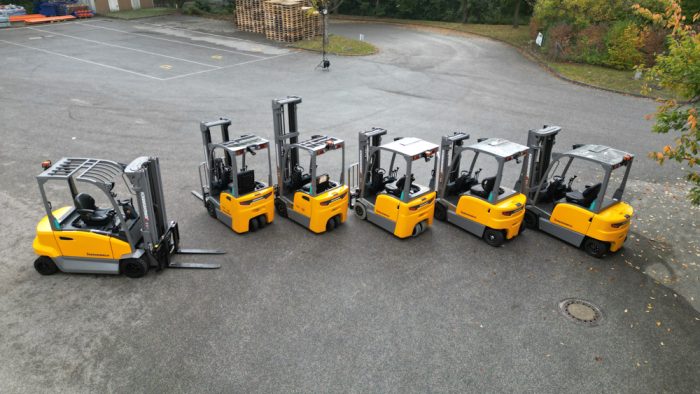
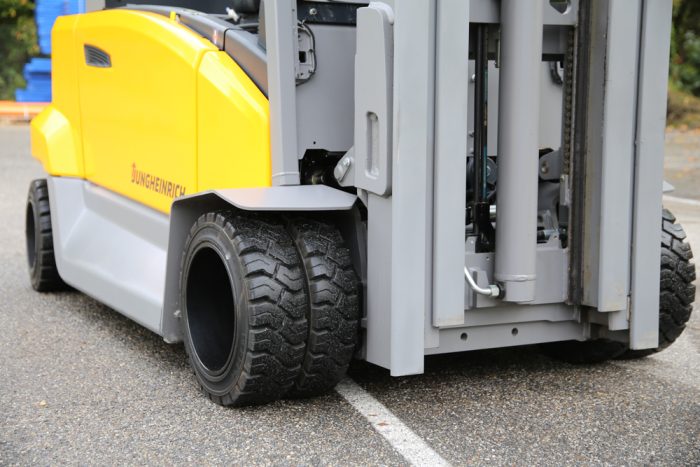
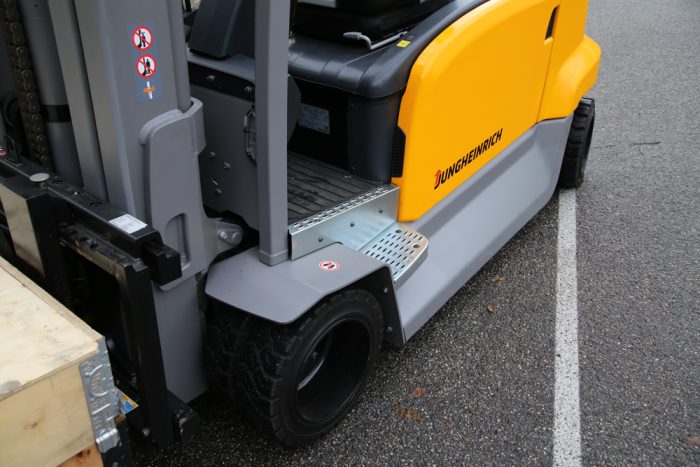
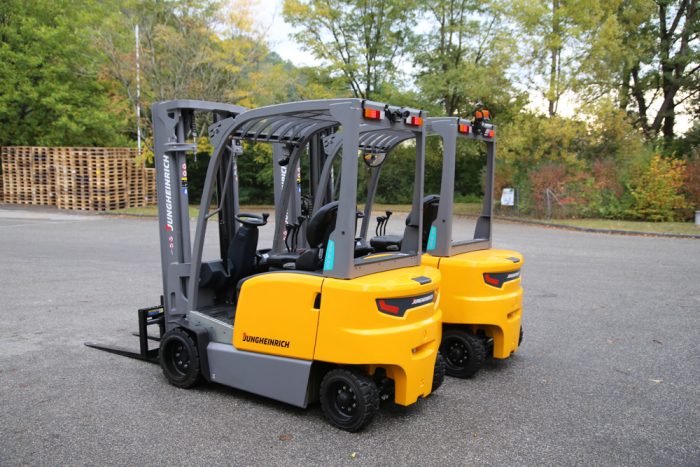
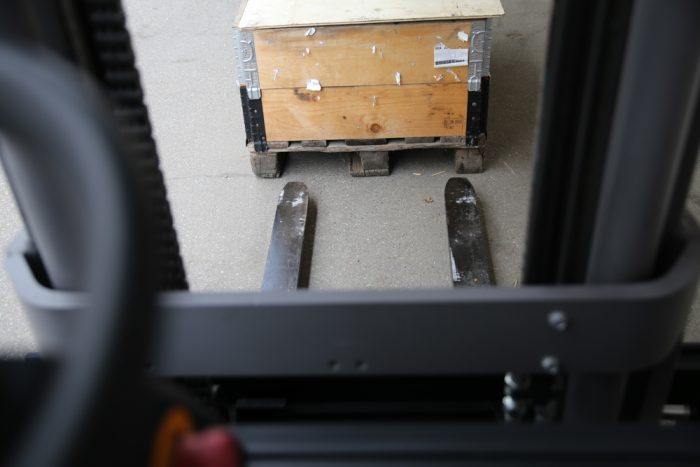
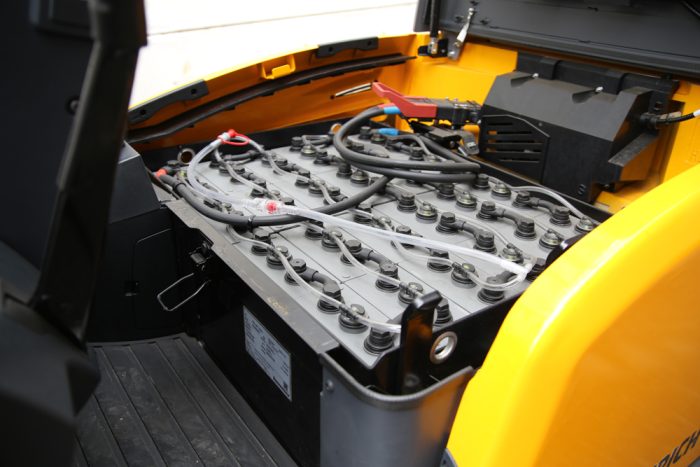
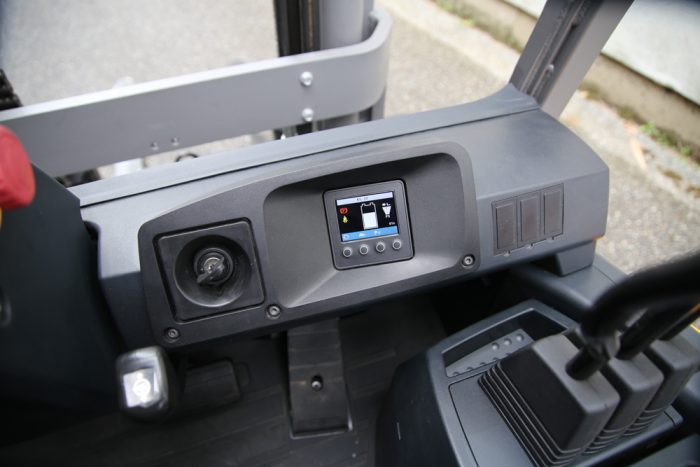
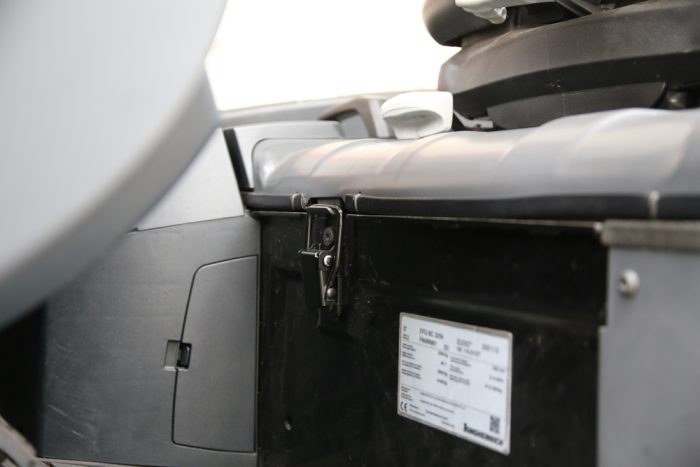
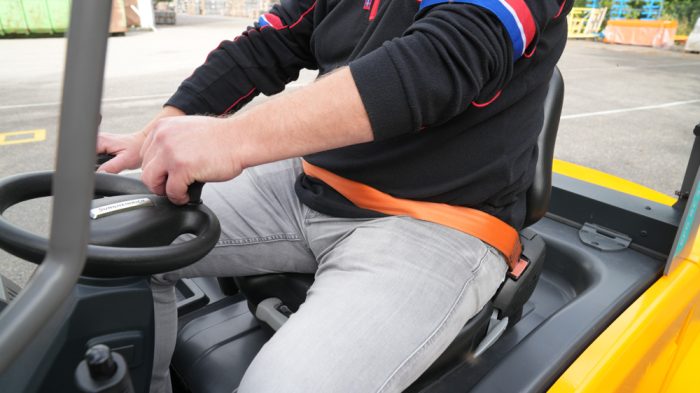
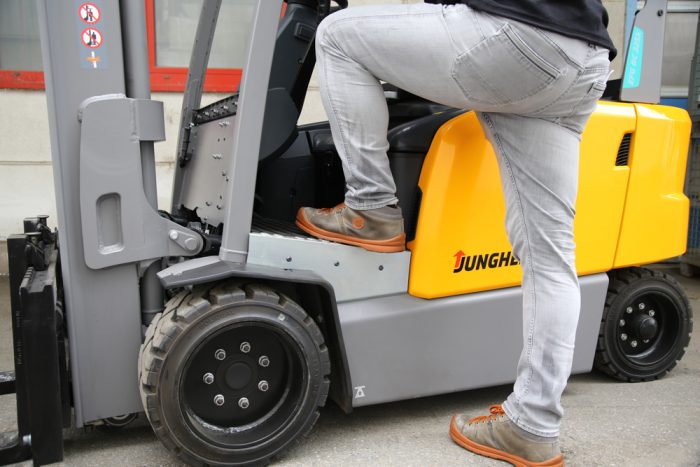

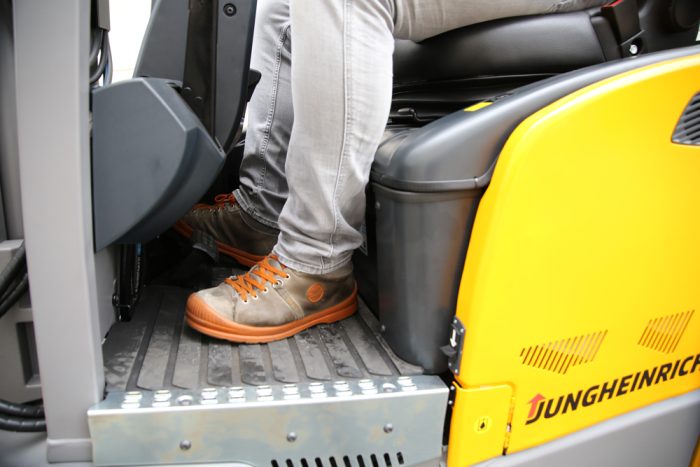
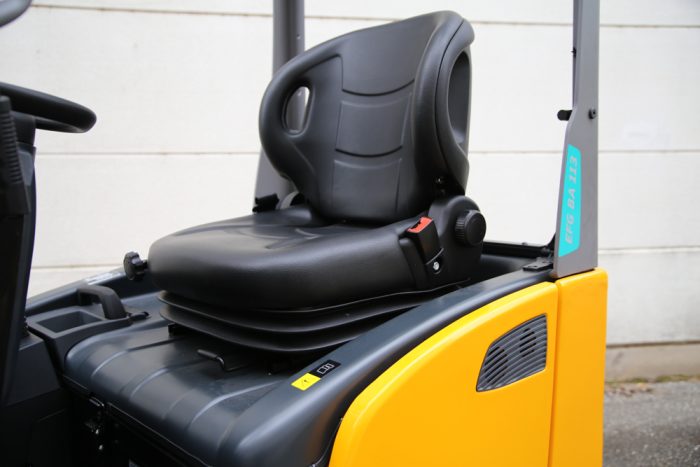
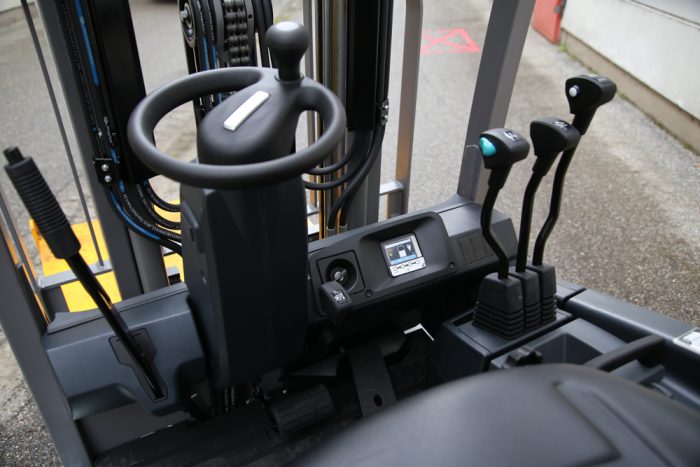
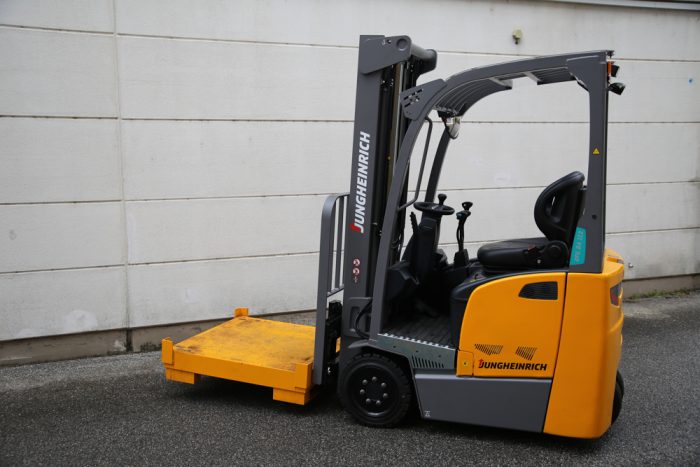
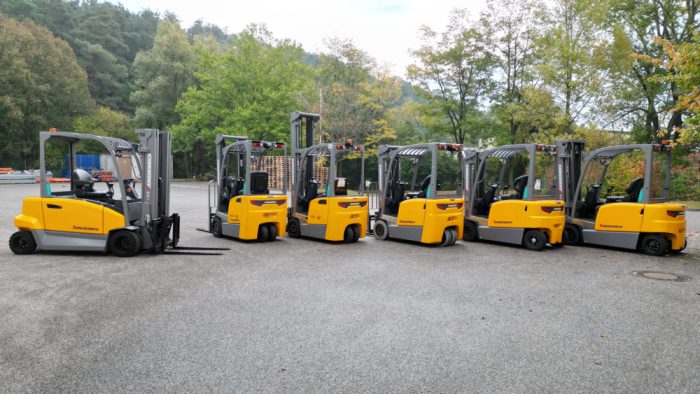
(Text and photos: Andersom Testing, Theo Egberts and Mark Dohmen)
Tags:
Andersom test, Andersom testing, Jungheinrich
Paul Vahle has opened one of the most modern material f...

At LogiMAT 2022 in Stuttgart Jungheinrich presented th...

Electric Evolution The 1.6 and 1.8-ton electric three-...